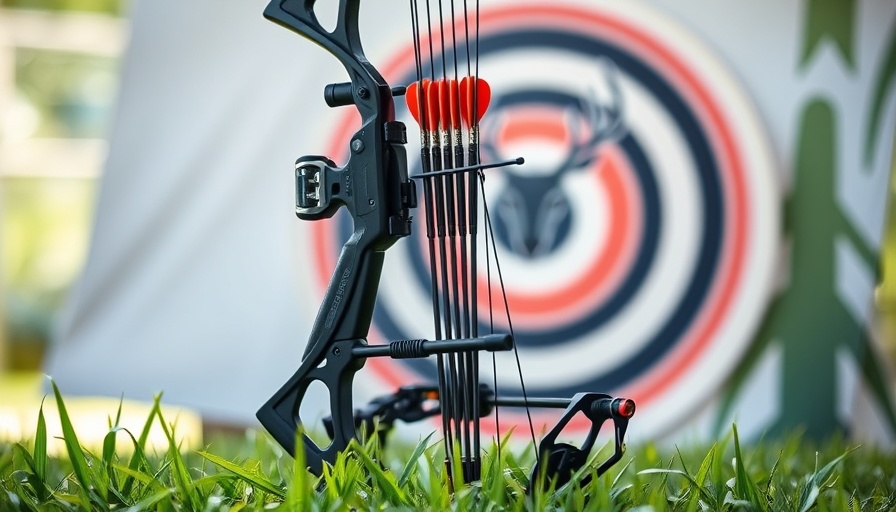
The Startling Discovery of Mass Deer Die-Offs
In recent years, rural landscapes and popular outdoor destinations have found themselves at the center of an alarming phenomenon—mass die-offs of whitetail deer. This troubling trend has spurred the attention of conservationists, hunters, and drone pilots alike, as experts utilize technological advances to shed light on the mysterious causes behind these events. Notably, one enterprising drone pilot has taken it upon himself to investigate these die-offs firsthand.
Understanding the Enigmatic EHD
One leading cause of these die-offs is epizootic hemorrhagic disease (EHD), a viral disease transmitted by biting midges. The symptoms can be devastating: infected deer experience fever, swelling of the head and neck, and, ultimately, death. Spread primarily in late summer to early fall, the disease is exacerbated by drought conditions which increase midge populations. Understanding EHD is not merely an academic exercise; it has profound implications for deer populations and the ecosystems that rely on them, especially as urban areas encroach on their habitats.
The Role of Technology: Drones Take Flight
Empowered by advancements in drone technology, the investigation into whitetail die-offs has taken on new dimensions. Drones allow for thorough aerial surveys of previously inaccessible terrains, providing critical data on herd sizes and health. The pilot in focus has harnessed this technology to monitor affected areas, collecting invaluable information that helps not only in tracking the spread of EHD but also in understanding demographic changes in these deer populations due to environmental factors.
Why This Matters: A Community Challenge
The ramifications of deer die-offs stretch beyond environmental woes; they pose significant challenges for local economies reliant on hunting and wildlife tourism. Regional hunters and outdoor enthusiasts are concerned about the implications for their passions and livelihoods. The intersection of technology and traditional land stewardship presents an opportunity for collaboration and effective management strategies.
A Call for Action
As urban populations soar and wild spaces dwindle, it is imperative that those who interact with both wildlife and technology come together to address these challenges. From hunters to local governments, community involvement is crucial to mitigate the impacts of EHD and sustain the whitetail deer population. Conservation efforts must focus not only on tackling the immediate threats but also on fostering a deeper understanding of our natural ecosystems.
Exploration of the Future: Sustainable Practices
This situation calls for sustainable practices that recognize the delicate balance of wildlife and human activity. Solutions could range from fostering educated hunts to supporting conservation initiatives that maintain deer habitats. By understanding the challenges these deer face, communities can work towards more ethical and responsible hunting practices, ensuring the future of both human and wildlife interests.
In conclusion, with the marriage of drone technology and community awareness, we have the potential not only to uncover the reasons behind these mass die-offs but to work toward their resolution. The veil of uncertainty surrounding EHD does not need to result in despair; instead, it can serve as a rallying call for informed action and unified support for our ecosystems.
 Add Row
Add Row  Add
Add 




Write A Comment